In September 2013, Viet Nature Conservation Centre confirmed the selection of Khe Nuoc Trong Watershed Protection Forest in Quang Binh province for the first “Forest of Hope” model in Vietnam. The Forests of Hope program, which was a global program created by BirdLife international, links forest conservation on the ground to its policy and advocacy work at national and international levels, making impacts in three crucial areas: conserving biodiversity; combating climate change; and ecosystem services and sustainable livelihoods for local people.
In Vietnam, the “forest environment lease for conservation” approach will be employed where a comprehensive, long-term management strategy will be implemented including scientific research, forest protection and restoration, awareness and communication, community development, as well as capacity building for “forest owners” and rigorous fund-raising activities involving corporate supporters and funding agencies.
The innovative concept received high level of consensus and support among representatives of Quang Binh provincial departments and other relevant agencies. Mr. Tran Van Tuan, Vice Chairman of the provincial People’s Committee said, “Viet Nature’s selection of Khe Nuoc Trong forest (belonging to Dong Chau Watershed Protection Forest) as the target site for project development and implementation is a very good and well-justified one; this area is a typical sample of lowlands forests with dense vegetation very suitable for scientific research.”
The Khe Nuoc Trong forest is part of the Annamese lowlands which is a global conservation priority. It hosts at least five restricted-range bird species: the Critically Endangered Edwards’s Pheasant Lophura edwardsi, and others threatened species such as the Crested Argus Rheinardia ocellata, White-cheeked Laughing-thrush Garrulax vassali, Short-tailed Scimitar Babbler Jabouilleia danjoui and Grey-faced Tit Babbler Macronous kelleyi. The area also supports populations of four recently described and extremely rare mammal species: Saola Pseudoryx nghetinhensis, Large-antlered Muntjac Muntiacus vuquangensis, Annam Black Muntjac M. truongsonensis and Annamite Striped Rabbit Nesolagus timminsi.
The forests also make a major contribution to the livelihood security of local and indigenous people (the Van Kieu), which include some of the poorest in Vietnam; 90% of households are dependent on wild goods harvested from the forest.
The Forest of Hope Program in Vietnam also received strong support both in terms of finance and technical assistance from various international organizations including BirdLife International, World Land Trust, IUCN Netherlands, and the Jensen Foundation.
The global Forests of Hope Program was created by BirdLife International to bring together and build on its successful forest conservation and management programs throughout the tropics. BirdLife is working in tropical countries around the world, to identify and pilot innovative management, financing and governance systems for forest and biodiversity conservation and restoration, generating local and national economic benefits for sustainable development, and combating climate change.
The global program aims at preventing deforestation and restoring natural forest at up to 20 sites covering at least 5 million hectares of tropical forest by 2015.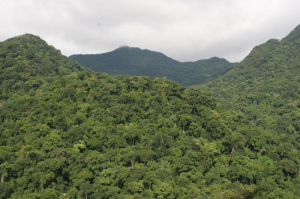
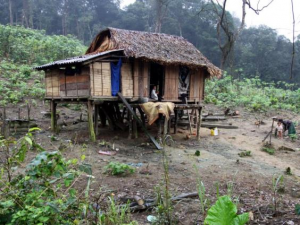
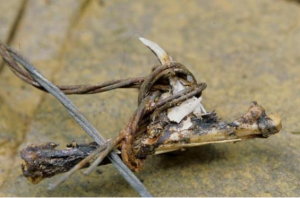
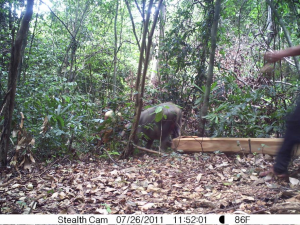
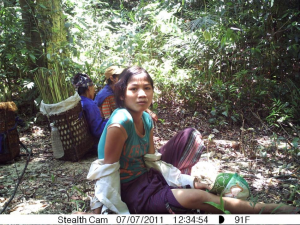
More on FOH: http://www.birdlife.org/forests/
